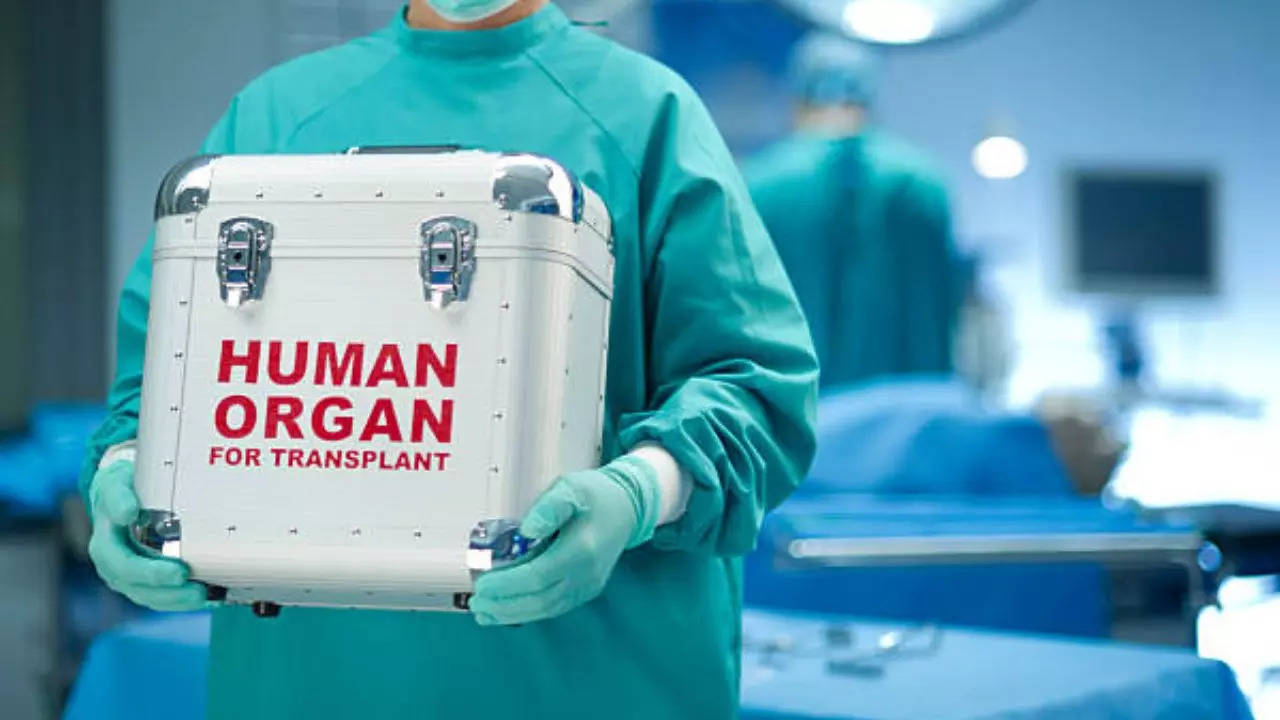-
news
-
Health
Which organs can you donate while you are still alive? The answer might surprise you!
Living organ donation bridges the gap in transplant needs, allowing donors to save lives by donating organs such as liver, kidneys, lungs, pancreas or small intestine. We contacted a health expert who explains which organs one can donate while still alive. Read on to know more.

Which organs can you donate while you are still alive? The answer might surprise you! (Image credit: iStock)
living organ donation It is a remarkable act of generosity, providing a lifeline to patients in desperate need of a transplant. While deceased donation is more common, living donors play an important role in bridging the gap between organ demand and availability. But which organs can one donate while still alive? We contacted Dr. Swapnil Sharma, Consultant Liver Transplant, HPB and GI surgeon, Wockhardt Hospitals, Mumbai Central, who explained that living donors can donate multiple organs, each with different considerations. Is.
1. Liver
The liver is notable for its regenerative capacity, which allows a portion of the liver to be donated alive – usually the right or left lobe. Dr. Sharma explains that this option is particularly important because it provides timely transplantation, avoiding the complications often associated with long waiting periods. Parts of the liver from both the donor and recipient regenerate within a few months, with the donor liver returning to almost normal function and size.
2. Kidney
Kidney donation is the most common living organ donation. One kidney can adequately manage all the needs of the body, making it possible for a healthy person to donate it. Dr. Sharma explains that the success rate of living kidney donation is better because the organ can be transplanted immediately, thereby reducing ischemic injury (damage caused by lack of blood flow).
3. Lung
Living lung donation involves the donation of a lobe from one lung. Although the lung does not regenerate like the liver, removal of a single lobe allows donors to live full, healthy lives. “This procedure is often considered in special cases, especially for small recipients such as children, where partial donation is sufficient,” Dr. Sharma said.
4. Pancreas
A section of the pancreas, usually the tail, can be donated by living donors. This is a rare procedure and is usually done to help manage severe type 1 diabetes. Although not as regenerative as the liver, the pancreas has enough redundant functionality that a donor can maintain proper glucose regulation with the remaining portion.
5. Small intestine
“Living small intestine donation is the rarest of the rare and typically involves donating a portion of the intestine to pediatric patients who have lost significant bowel function. “This type of transplant is often a last resort because of the complexity and risks,” he said.
Benefits and risks of living donation
The primary advantage of living organ donation is timeliness. Dr. Sharma explains that the transplant can be scheduled at the optimal time, ensuring better results. Under ideal circumstances, organs from a living donor taken from a healthy donor are often in better condition. However, every donation involves significant surgery, which involves risks such as bleeding, infection or possible long-term complications, making thorough evaluation and counseling important.
Living donation is a profound act of generosity, with long-term studies showing that donors usually go on to live healthy lives even after surgery. These contributions not only save lives but also enhance the quality of life of recipients, making living organ donation an invaluable part of transplant therapy.
Get the latest news live on Times Now with breaking news and top headlines from around the world.


